Case 8
- Reed the Publisher
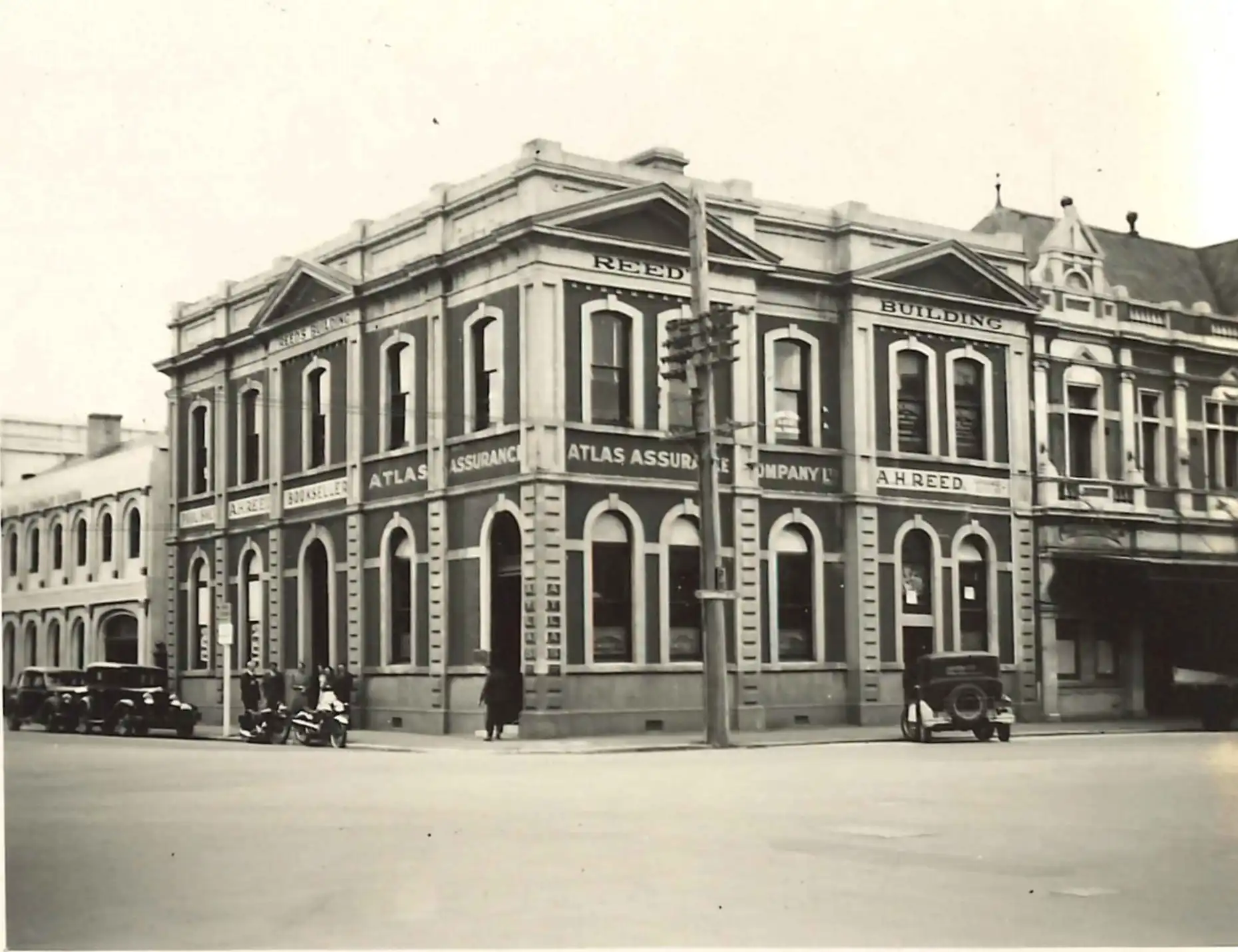
Photograph of Reed Building, Jetty Street, Dunedin, 1920s.
By 1925, Reed’s business had outgrown its premises in the Express Building, and he purchased the former Education Board building in Jetty Street. This building was head office until 1940, when the Wellington branch opened under A.W. Reed.
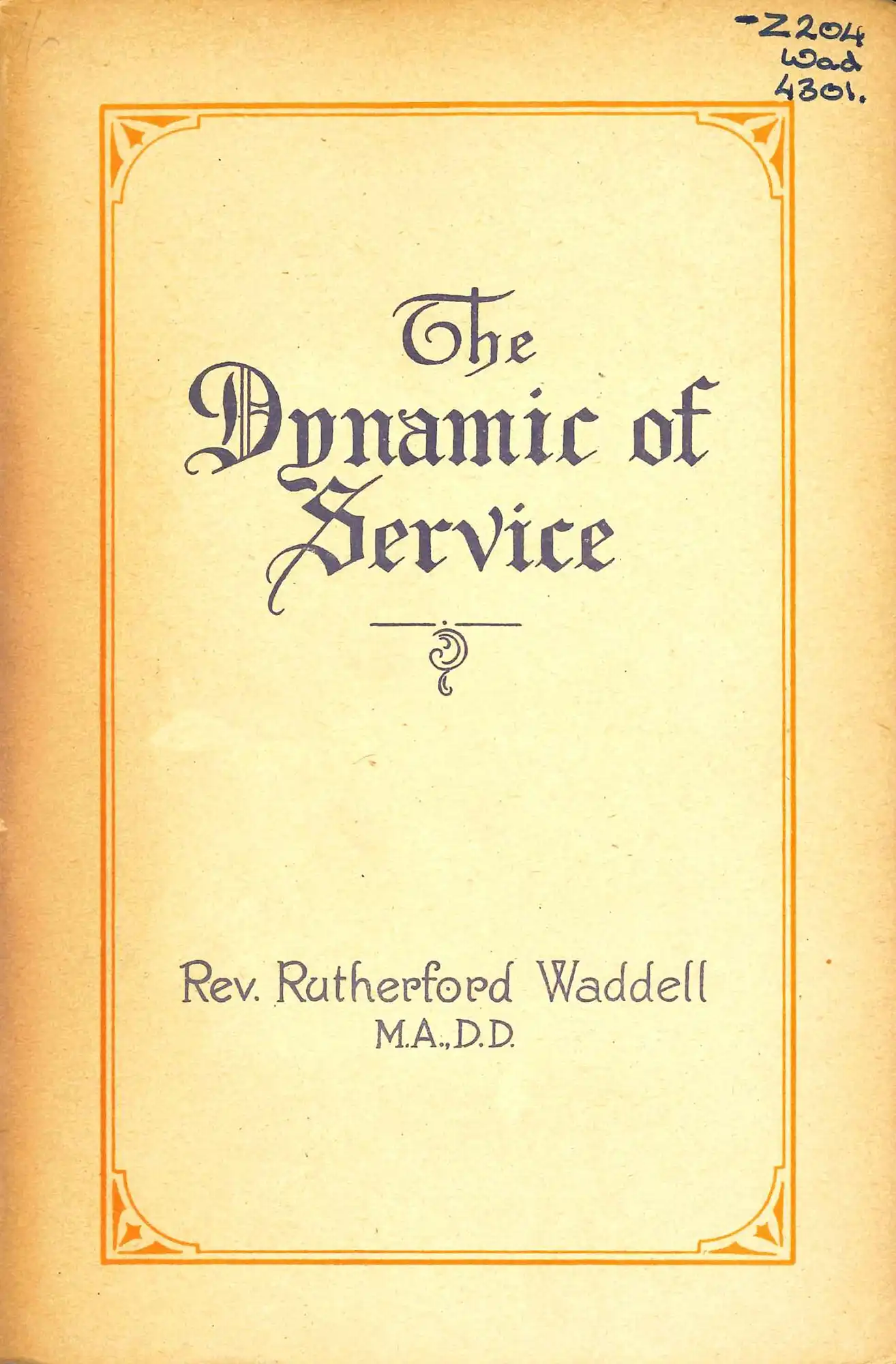
Rutherford Waddell. The dynamic of service. Dunedin: A.H. Reed, 1923.
In 1923 Reed published his first real, albeit small, books, both with a distinctly evangelical Christian flavour. Rutherford Waddell (1850-1932) was the Christian socialist preacher at St Andrew’s Church in central Dunedin. Reed would publish a more substantial book by him a decade later.
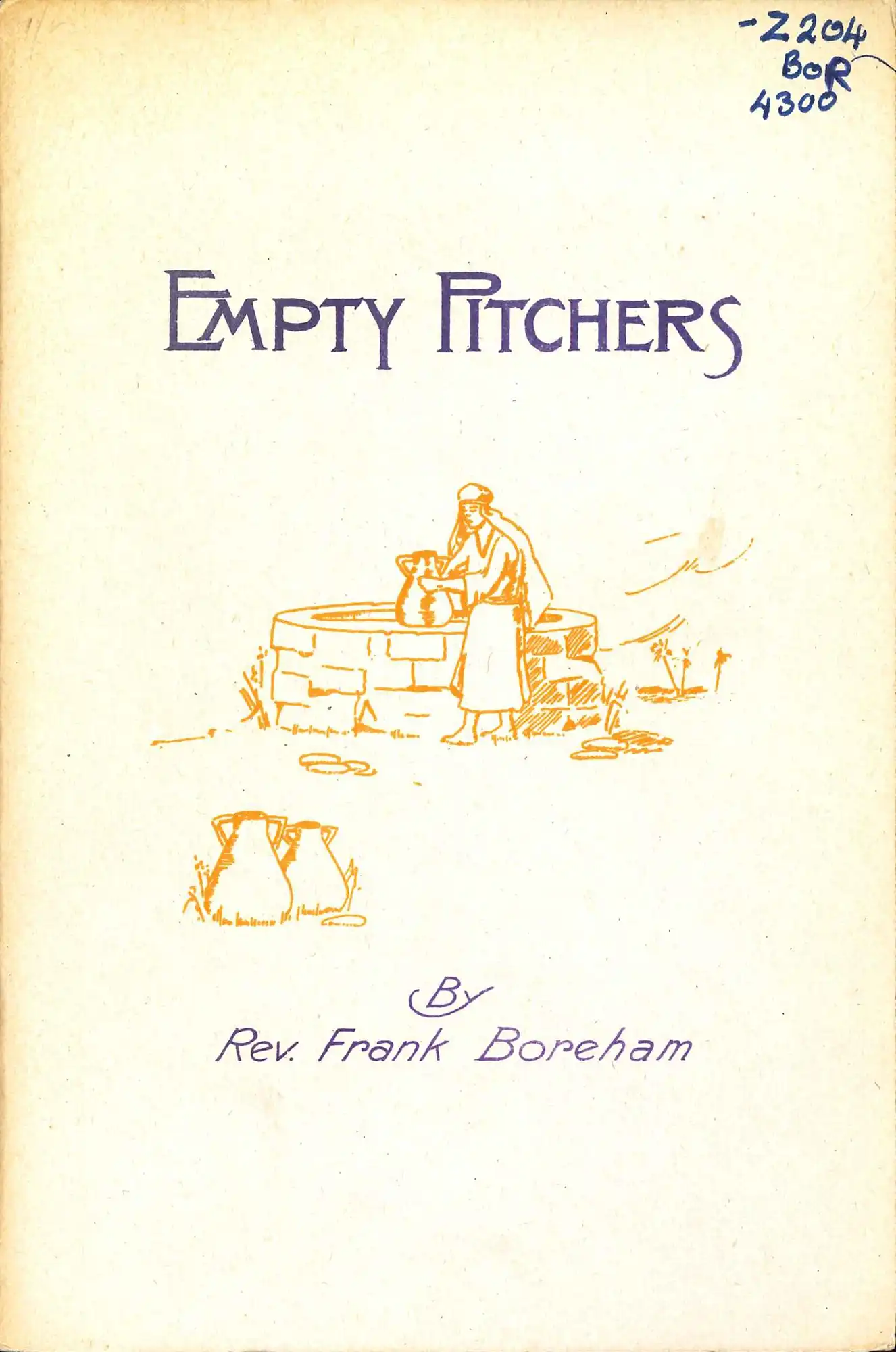
Frank Boreham. Empty pitchers. Dunedin: A.H. Reed, 1923.
The second small book published by A.H. Reed was by the Baptist preacher Frank W. Boreham (1871-1959), who served as a minister at Mosgiel in his younger days.
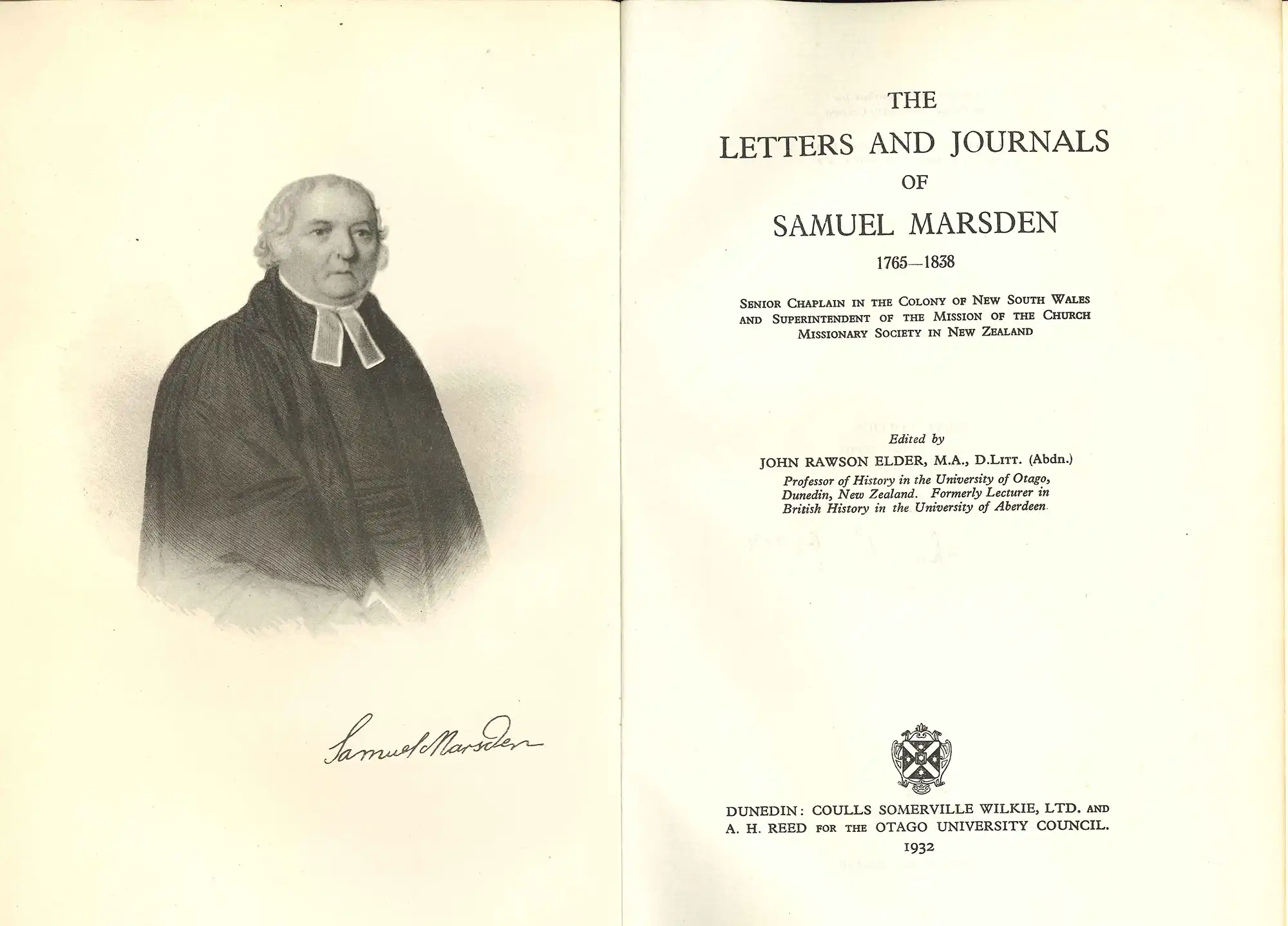
The letters and journals of Samuel Marsden, 1765-1838. Edited by John Rawson Elder. Dunedin: Coulls Somerville Wilkie and A.H. Reed for the Otago University Council, 1932.
Reed's nephew Alexander Wyclif Reed (known as Clif) joined him in 1925 and in 1932 went to Wellington to start a new branch of the business. That year the firm first ventured into substantial book publishing with its involvement in the production of The letters and journals of Samuel Marsden.
A 600-page, hard-cover, illustrated book was produced in a limited edition of 1,000, with Reed acting as publisher and Coulls as printer for the University of Otago. Reed observes in his Autobiography (p.199) that neither partner made any real net profit from the venture, but many lessons were learnt.

The letters and journals of Samuel Marsden, 1765-1838. Edited by John Rawson Elder. Dunedin: Coulls Somerville Wilkie and A.H. Reed for the Otago University Council, 1932.
Open image in new window
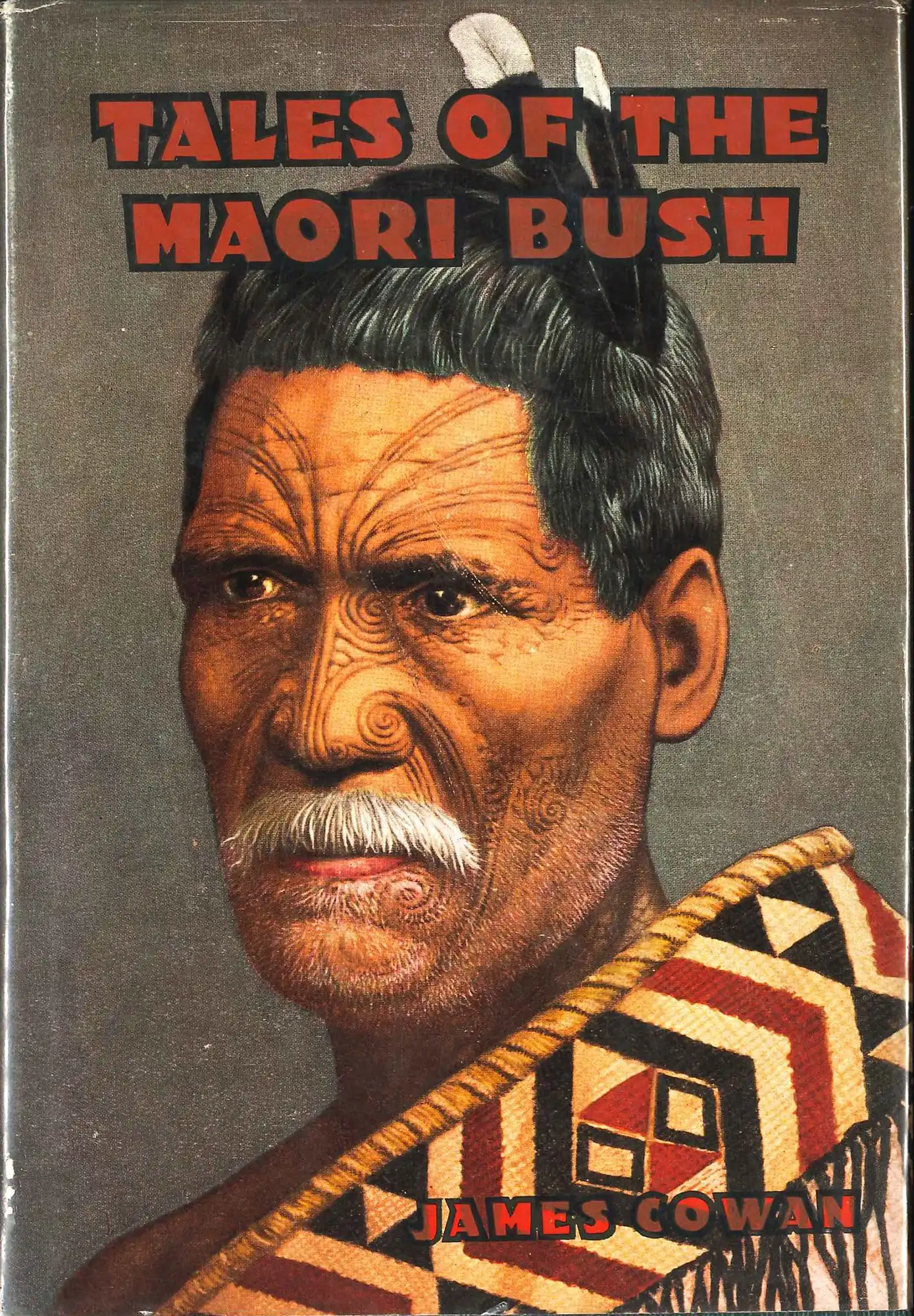
James Cowan. Tales of the Māori bush. Dunedin: A.H. & A.W. Reed, 1934.
1934 marked the birth of the imprint of A.H.& A.W. Reed. This year was a turning point for the company as they were offered a manuscript of stories of old-time New Zealand by the historian James Cowan (1870-1943). Alfred left the decision to his nephew who accepted. This marked a shift from strictly religious and missionary topics, into the world of secular publishing.
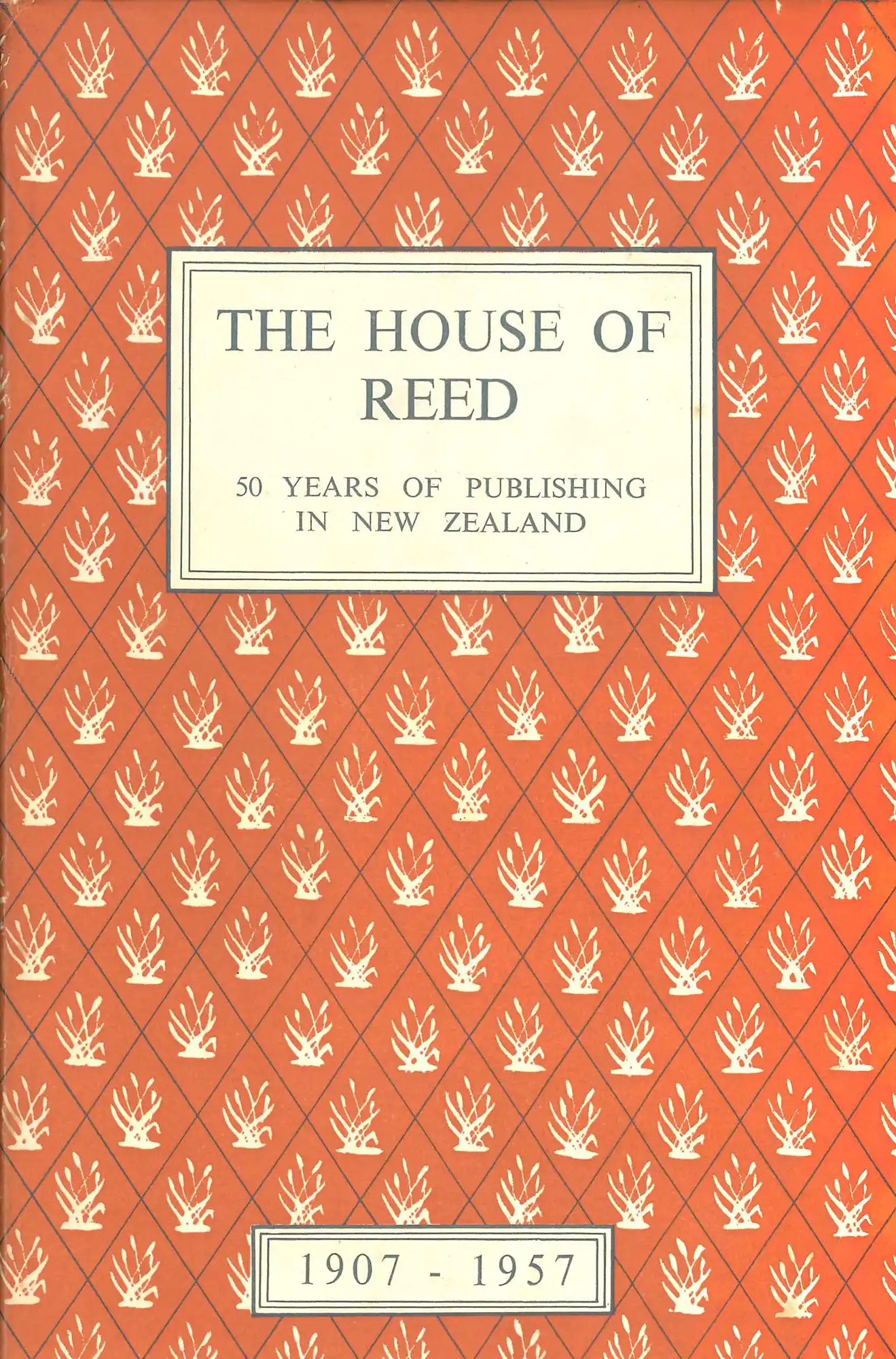
A.W. Reed. The house of Reed: fifty years of New Zealand publishing, 1907-1957. Dunedin: A.H. & A.W. Reed, 1957.
In 1940 A.H. Reed retired and the Dunedin branch was closed. The firm was registered as A. H. Reed Limited but continued to issue its publications under the imprint A. H. & A. W. Reed and a raupō (New Zealand reed) symbol.
This history commemorating fifty years of the House of Reed was a collaboration between A.H. and A.W. Reed. By 1957, the firm had published about 800 books. A decade later, in 1967, the tally was 1,800.
The younger partner took over as managing director of the company when A.H. withdrew from active involvement to focus on writing. Under the direction of A.W. Reed, the business grew to become an iconic publisher of books with a distinct New Zealand – and Māori – flavour.

A.W. Reed. The house of Reed: fifty years of New Zealand publishing, 1907-1957. Dunedin: A.H. & A.W. Reed, 1957.
Open image in new window





